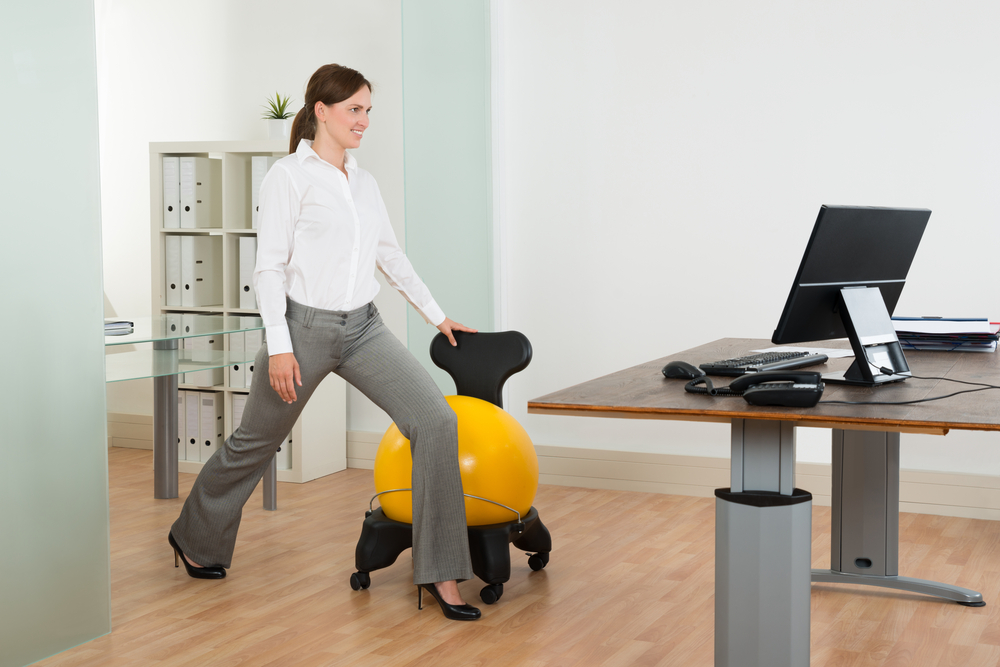Standing desks are becoming more popular in workplaces but are they a good idea for everyone? The quick answer is it depends on the individual’s preferences, their work tasks and environment. Some clients who have back pain may benefit from standing for part of the day but a full assessment by a physiotherapist is needed to determine if this is the case.
People who do not have spinal pain can get pain from standing for more than an hour (between 40-70%), so fixed standing desks are not advisable. Dutch ergonomic guidelines suggest not standing for more than an hour at a time and for no more than 4 hours in a day to help prevent spinal pain. A variety of postures and tasks are needed to help prevent spinal pain in an office environment. A variable height standing desk, which is easy to adjust may be useful for some people.
If a standing desk is not easily adjustable it is unlikely that the user will change their posture every hour as is suggested. Additionally, rest breaks are suggested every 30 minutes for a short period rather than longer breaks after longer periods working.
To date there are no studies to show what affect standing desks have on people with pre-existing spinal symptoms but from the experience of my clients who have a variable height standing desk, it can make the difference between being able to work and not.
Increased general exercise, specific exercise and postural changes can also help with spinal pain from sitting at work, so simply using a standing desk might not be the whole answer to spinal pain in the workplace.
If you are considering requesting a variable height standing desk for your work it is advisable to have a full physiotherapy assessment to discuss if this is appropriate first.


